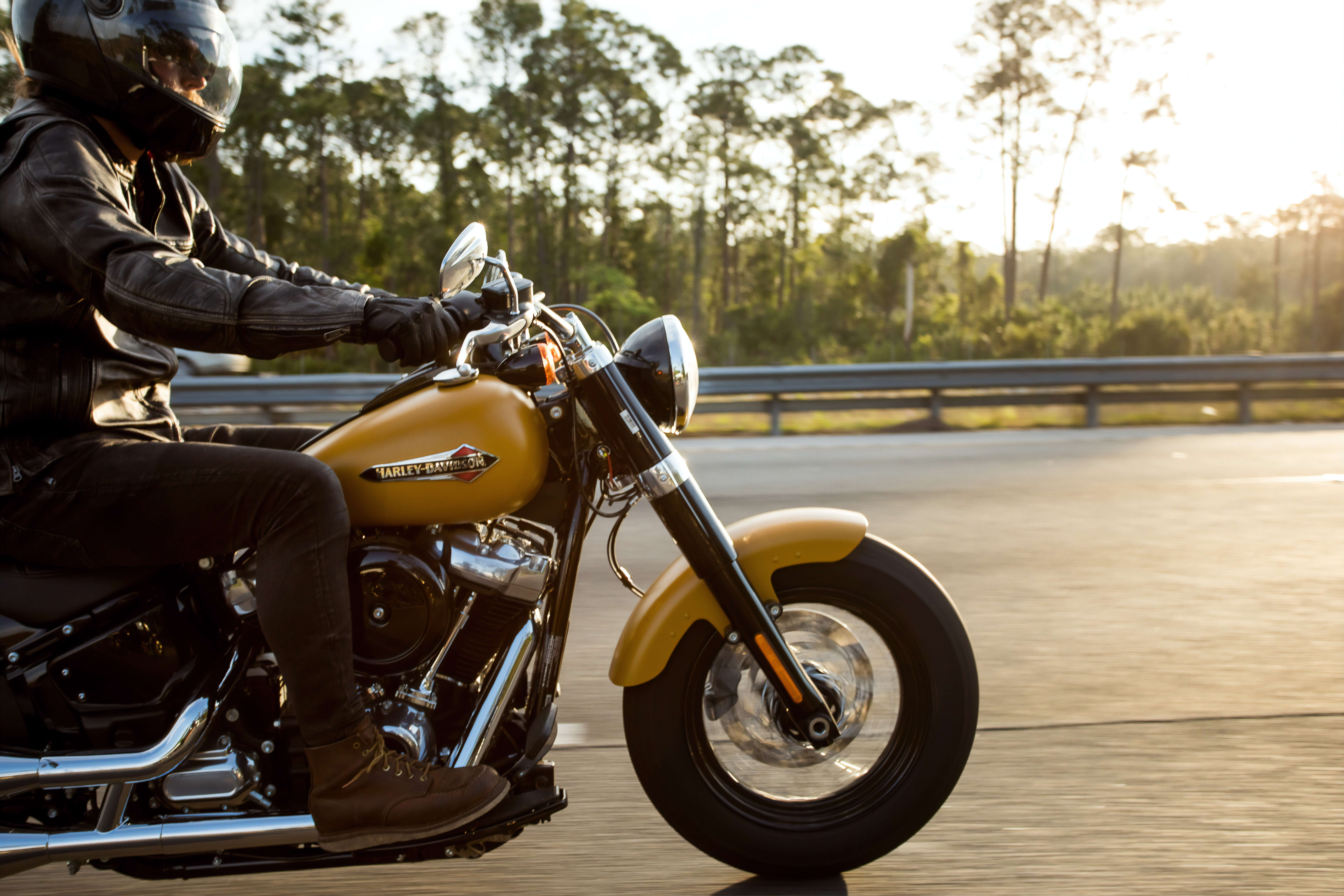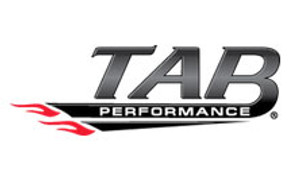Different Types of Motorcycle Front Suspensions
Aug 18, 2022
Motorcycle suspension technology has come a long way in recent years, with manufacturers continually improving the designs of their products. The front suspension of a motorcycle is critical for absorbing the impact of bumps and keeping the wheels in contact with the ground while providing steering control. Several different types of motorcycle front suspensions are available on the market today, each with its own advantages and disadvantages.
Here are some of the most common motorcycle suspensions, their pros and cons, and how to maintain them to ensure they're always performing at their best during your rides.
1. Telescopic Fork Suspension
Telescopic forks are the most common type of motorcycle front suspension. This design has been around for many years and features a set of inner tubes (fork tubes) that slide up and down within a set of outer tubes (fork legs). The telescopic fork is simple, reliable, and easy to maintain, making it a popular choice among riders.
One downside of this front suspension design is that it can be less forgiving than other types of suspensions, meaning it doesn't absorb small bumps as well. Additionally, because the inner tubes are constantly moving up and down within the outer tubes, they can develop leaks over time.
Maintenance Tips:
- It's important to regularly check the fork seals and replace them if they are worn or damaged.
- The fork tubes should be cleaned and lubricated on a regular basis to prevent sticking and ensure smooth operation.
2. Leading Link Suspension
Leading link suspension is often found on older motorcycles. This type of motorcycle front suspension features a leading arm attached to the motorcycle's frame and a trailing arm attached to the wheel. The leading arm pivots on a set of bearings, allowing the wheel to move up and down.
One advantage of this motorcycle front suspension type is that it's very forgiving, meaning it can absorb small bumps and imperfections on the road surface. Because the suspension is attached to the frame of the motorcycle, it's less likely to develop leaks. However, leading link suspensions can be more difficult to maintain than other types of suspensions.
Maintenance Tips:
- The bearings in these motorcycle front suspensions should be checked and replaced regularly as part of your regular maintenance checklist.
- The suspension should be lubricated on a regular basis to prevent sticking and ensure smooth operation.
3. Earles Fork Suspension
The Earles fork suspension was invented by motorcycle designer Ernie Earles and is often found on racing motorcycles. This type of front suspension features a set of shorter fork legs attached to the motorcycle's frame at a steeper angle. The advantage of this design is that it provides better riding stability and handling, especially at high speeds. Because the fork legs are shorter, they weigh less than other types of suspensions, which can improve performance.
One downside of the Earles motorcycle front suspension is that it's less forgiving than other types of suspensions, meaning it doesn't absorb small bumps as well. Because the fork legs are shorter, they provide less ground clearance, which can be an issue when riding off-road.
Maintenance Tips:
- Regularly inspect the fork seals and replace them if they are worn or damaged.
- The fork legs should also be cleaned and lubricated regularly to ensure smooth operation.
4. Bottom Leading Link Suspension
Bottom leading link suspension is similar to leading link suspension, but the trailing arm is attached to the bottom of the motorcycle instead of the top. This type of motorcycle front suspension offers several advantages, including improved stability and handling, higher ground clearance, and reduced leaking issues.
The downside of the bottom leading link motorcycle front suspension type is that it can be more difficult to maintain than others–just like leading link suspensions. The bearings can also be more difficult to access, making it difficult to perform regular maintenance on your own.
Maintenance Tips:
- Before riding, check the bearings and make sure they are properly lubricated.
- If you notice any leaks, tighten the seals and check for wear.
- Replace any damaged or worn parts as soon as possible.
5. Upside-Down Fork Suspension
Upside-down fork or inverted fork, motorcycle front suspension is often found on more modern motorcycles. This type of front suspension features a set of upside-down fork legs attached to the motorcycle's frame. The advantage of this design is that it provides better stability and handling when cruising. The fork legs are shorter, so they weigh less than other types of suspensions, which can improve performance.
Upside-down fork suspension is also a more difficult type of suspension to maintain, but it’s worth it. These motorcycle front suspensions look good on any ride, but make sure you make the time to clean and lubricate them properly.
Maintenance Tips:
- Regularly inspect the fork seals and replace them if they are worn or damaged.
- The fork legs should also be cleaned and lubricated regularly to ensure reliable operation.
- Avoid using harsh cleaners or solvents on the fork legs as they can damage the finish.
6. Air Suspension
Some of the latest motorcycles on the market feature air suspension, which uses air pressure to adjust the suspension. This type of motorcycle front suspension offers several advantages, including improved stability, better handling, more ground clearance during those fun road trips on your cruiser bike. Motorcycle front air suspension is often adjustable so that you can customize the ride to your preferences.
This motorcycle front suspension type can be more expensive to maintain than other types of suspensions. If the air pressure is not properly maintained, the suspension can fail, which can be dangerous.
Maintenance Tips:
- Regularly check the air pressure in the suspension and add air as needed.
- Read the manual for your specific air suspension before making any adjustments.
- When you're not using the motorcycle, be sure to store it in a cool, dry place to prevent the air pressure from leaking out.
7. Saxon-Motodd Suspension

The Saxon-Motodd suspension is a newer type of motorcycle front suspension that offers several advantages over other types. It features a set of lighter and shorter fork legs attached to the motorcycle's frame. This design has proven to be more stable and handle better on the open road. The shorter fork legs also offer a more comfortable ride and give riders better control.
A major downside of this type of front suspension is that it can be more difficult to find replacement parts. The warranty on this type of suspension is often shorter than on other types of suspensions.
Maintenance Tips:
- To ensure your Saxon-Motodd suspension's longevity, regularly inspect the fork seals and replace them if they are worn or damaged.
- Regular cleaning and lubrication of the fork legs is also recommended.
- As with any motorcycle front suspension, read the manual for your specific model before making any adjustments.
Upgrade Your Motorcycle Suspension
If you own a Harley-Davidson, Indian, Yamaha, Suzuki, Kawasaki, Honda, or any other v-twin cruiser motorcycle, you know the importance of a great suspension. Your bike's front suspension plays a vital role in the overall performance and handling. If you're looking to upgrade your motorcycle, West End Motorsports has a great selection of aftermarket motorcycle front suspension types and components from top brands like Legend Suspensions, Progressive Suspension, Race Tech, and more.
Visit our blog to learn more about motorcycle front suspension options and how to choose the best suspension for your bike. We also stock a wide range of other aftermarket parts and accessories for your motorcycle customization needs.
























